Search Images
Browse Content (p. 1349)
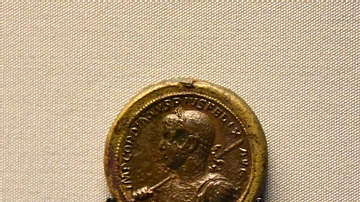
Image
Bimetallic Medallion of Emperor Gordian III
Medallions with designs similar to coins could be worn as a symbol of allegiance, or given as prestigious gifts. They were specifically intended to be attractive, as display or presentation pieces. Bimetallic medallion of the Roman Emperor...
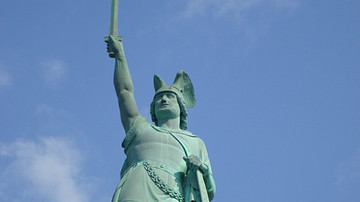
Image
Arminius
This monument commemorates the Cherusci chief Arminius and the Battle of the Teutoburg Forest in 9 CE when the Germanic tribes under Arminius annihilated three Roman legions led by Publius Quinctilius Varus.
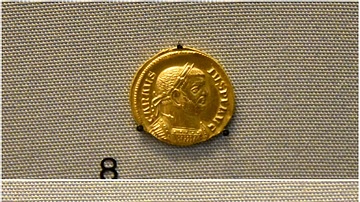
Image
Coins of Carausius
The rebel Carausius (Marcus Aurelius Mausaeus Valerius Carausius) declared himself emperor, making Britain his base. Although he had no authority in Rome, he stressed his Roman identity by citing the poet Virgil on his coins. He also used...
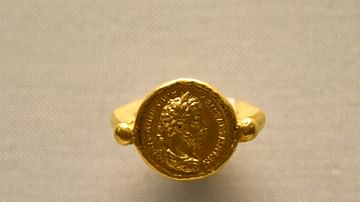
Image
Gold ring with Coin of Emperor Marcus Aurelius
Roman gold coins were set into rings to be worn. Decorative frames were added to turn others into brooches. The image of the emperor was believed to be a good luck charm, so it made sense to carry it around all the time. Gold coin of Emperor...

Image
Bronze Reliquary Vase from Wardak
This vase and 66 coins were part of a group of offerings dedicated to the Buddha by a man named Vagramarega (his name was inscribed on the vase), for the benefit of himself and his family. Coins were often included in Buddhist offerings in...
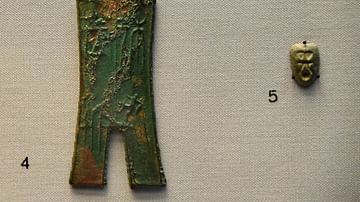
Image
Money of the Chu State, China
The Chu State in south-east China had a unique culture of its own, yet also interacted with other states. This is reflected in the variety of its coinage: small bronze coins (known as "ant-nose" money modelled on cowrie shells), spade money...
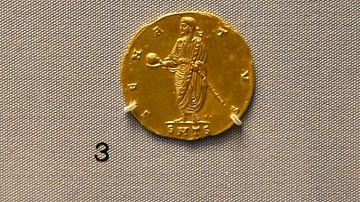
Image
Gold Medallion of Constantine the Great
Medallions with designs similar to coins could be worn as a symbol of allegiance, or given as prestigious gifts. They were specifically to be attractive, as display or presentation pieces. Gold medallion of the Roman Emperor Constantine I...
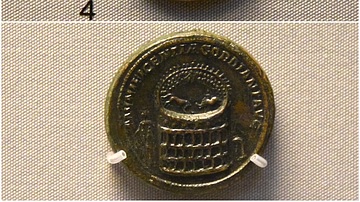
Image
Coin Medallions Featuring the Colosseum
Medallions with designs similar to coins could be worn as a symbol of allegiance, or given as prestigious gifts. They were specifically to be attractive, as display or presentation pieces. Both of these medallions depict the Colosseum (Flavian...
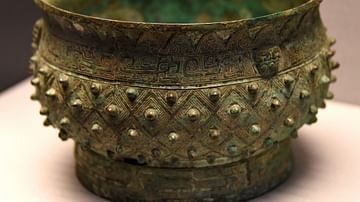
Image
Gui Vessel from Ancient China
China's bronze-casting traditions can be traced back to about 2000 BCE. Elaborate bronze vessels were made for ritual and ceremonial use, often to make offerings to ancestors. The materials and technology of this long-standing tradition were...
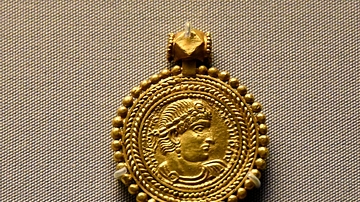
Image
Gold Pendant from India/Pakistan
One side (reverse) of this elaborate gold pendant has designs based on coins of the Kushan rulers Kanishka I (100-126 CE) or Huvishka (126-163 CE); it shows an image of the goddess of wealth. On the other side (obverse, this image), the image...